So, here are some Number Cards (Set 1), ready to print and use with a group of up to 48 people. (My plan is to add more sets to use with larger groups.) I printed my first set (above) on card stock paper so it's not easy to see through the back (unless we hold cards up to the light). A paper cutter makes quick work of chopping out the numbers.
| numbercards_set1.pdf |
Flip and Find (with Video)
Quad-Team Flip & Find
Pressure Play Too
Box Cards
Chris Cavert, Ed.D.

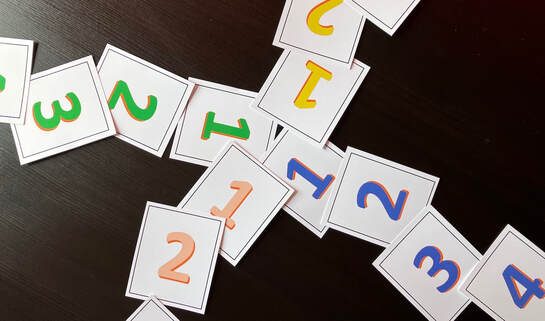
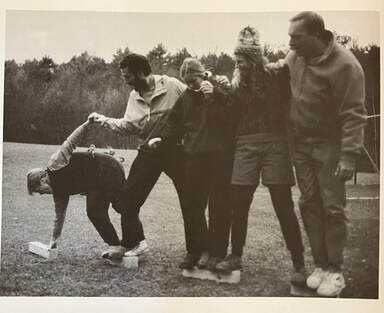
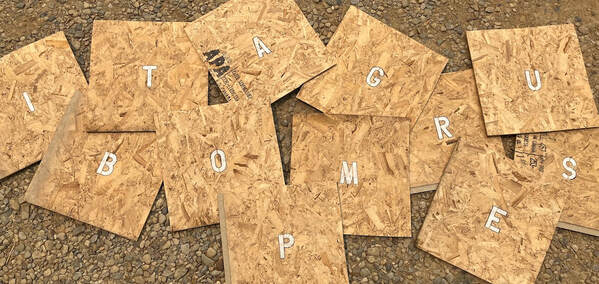
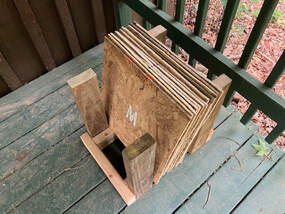
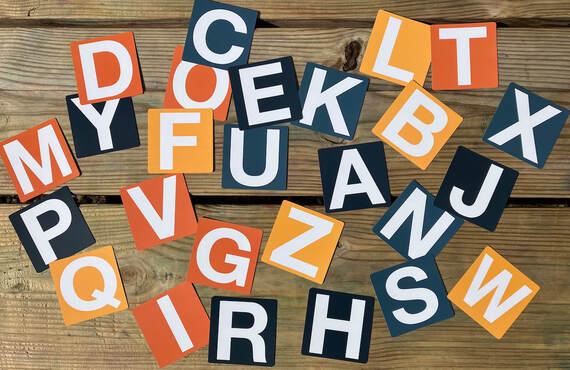
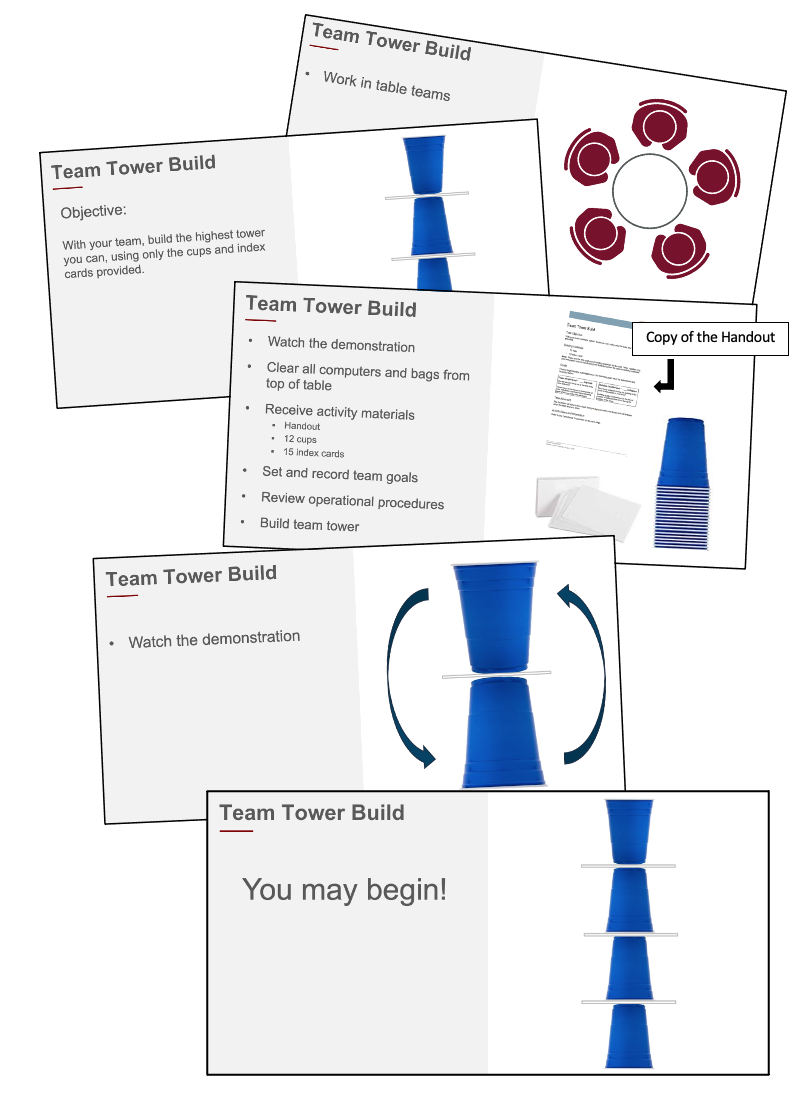
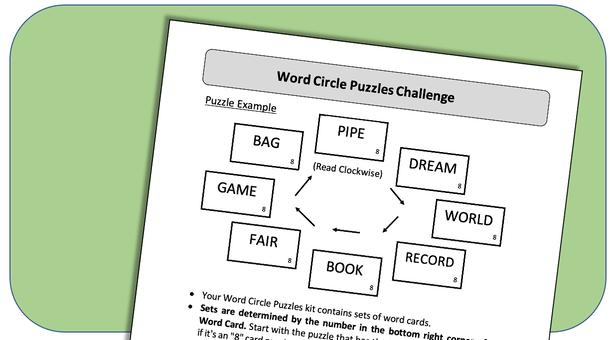
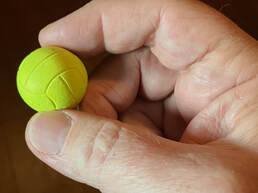
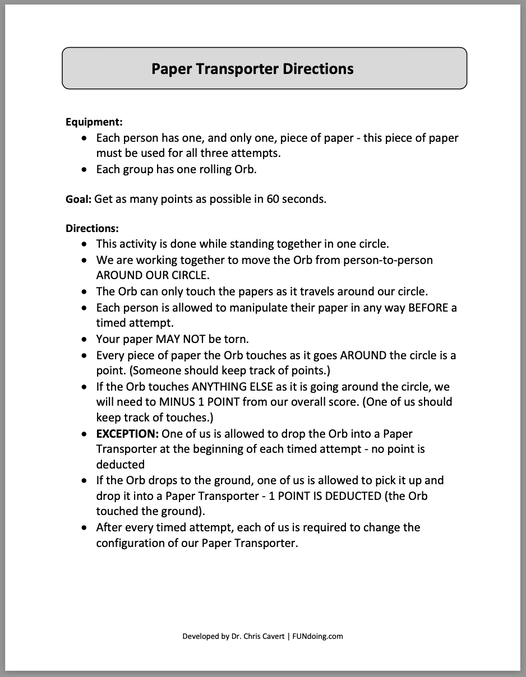
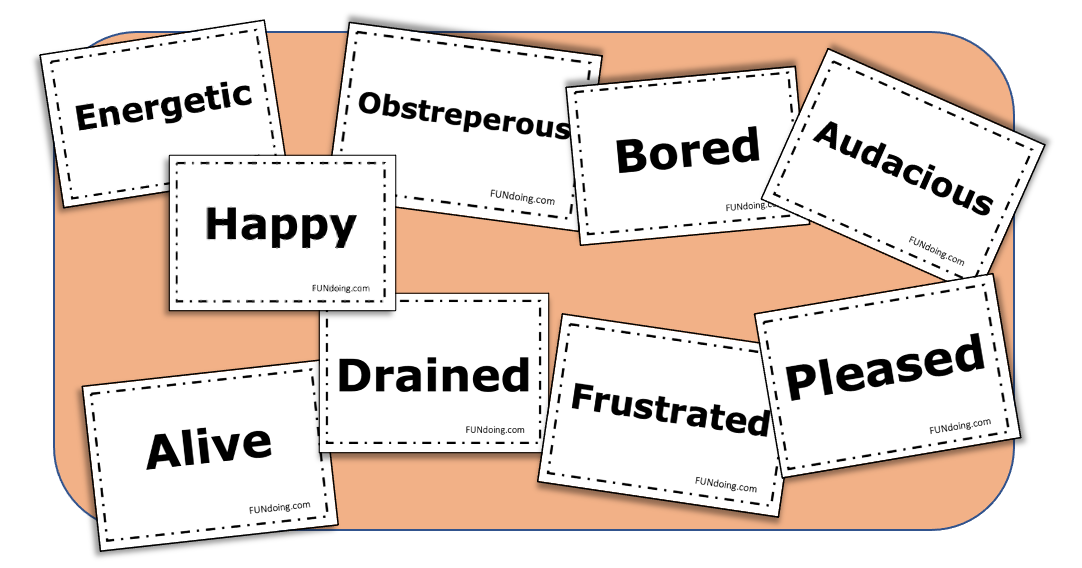
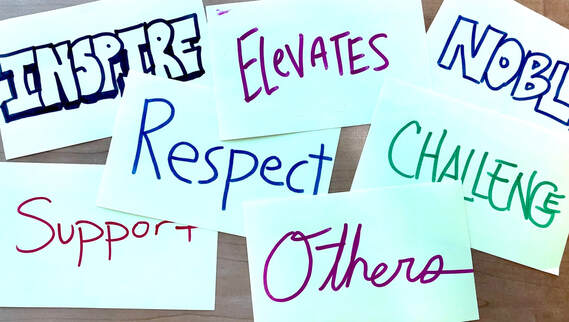
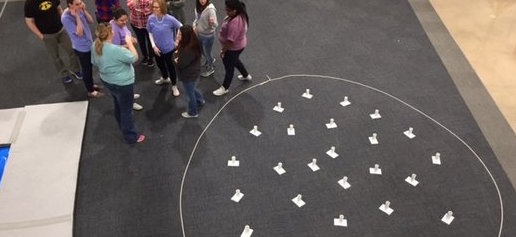





 RSS Feed
RSS Feed